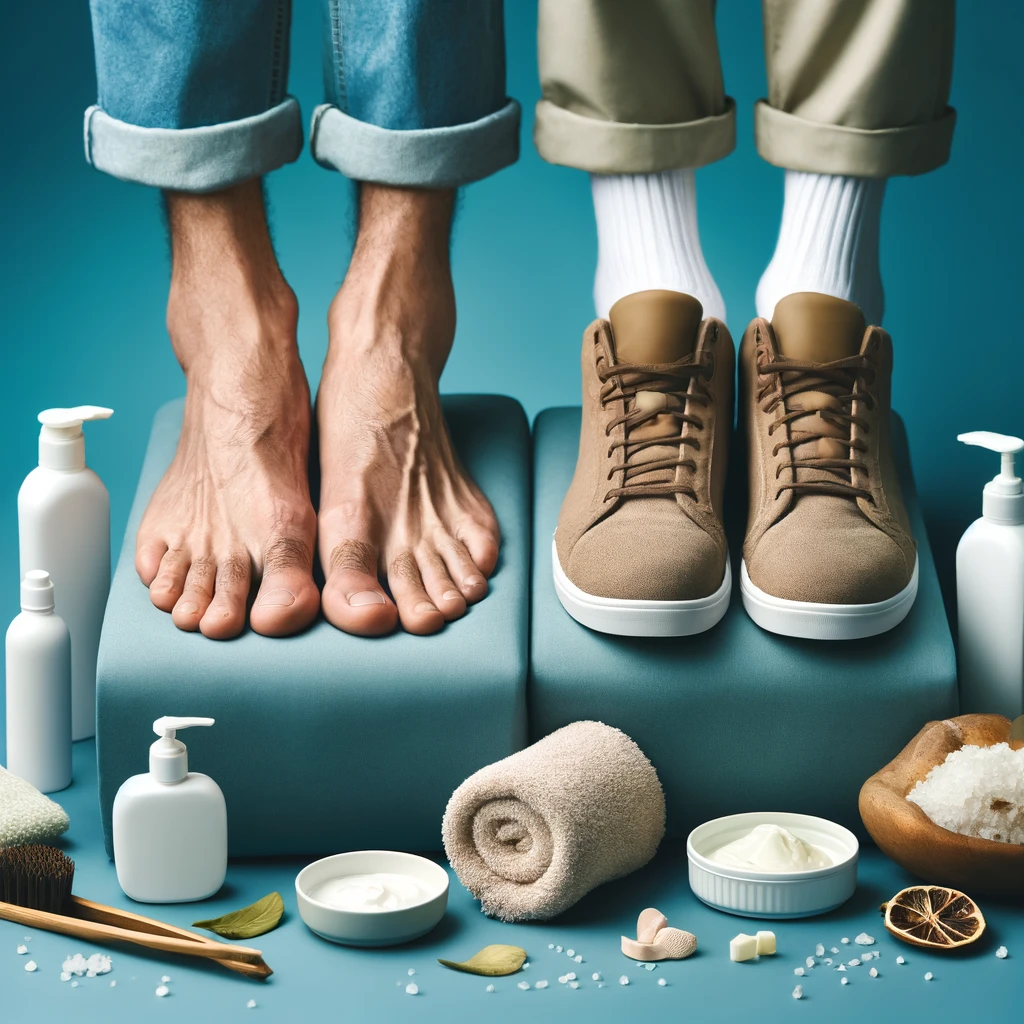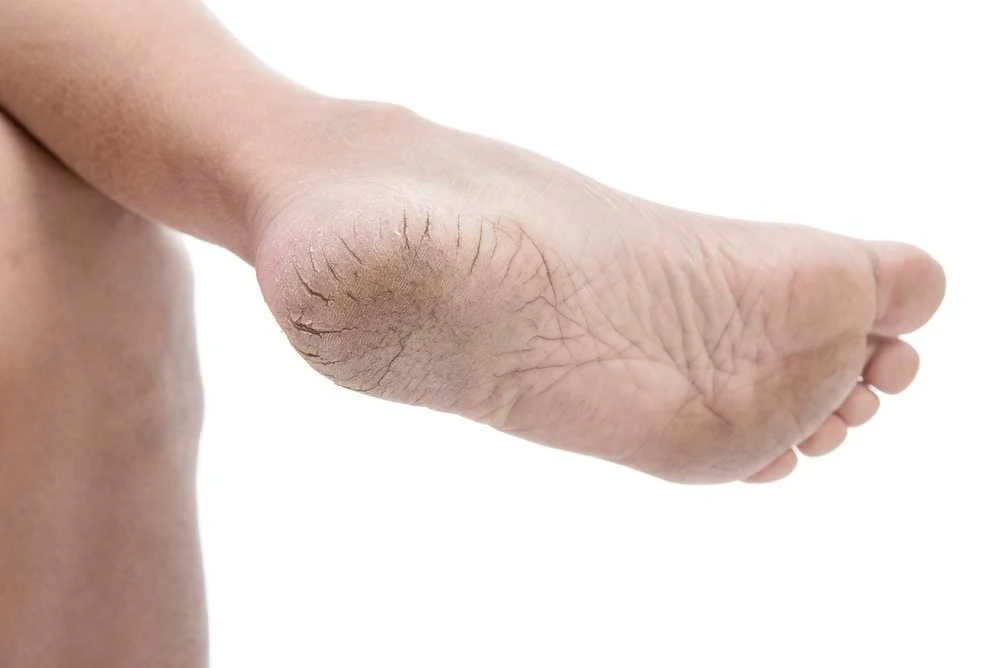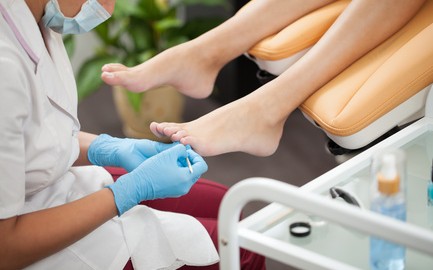
Table of Contents
Living with diabetes means paying extra attention to various aspects of your health, and your feet are no exception. Foot care is crucial for diabetics because they are prone to dry feet, which can lead to more severe problems if not managed properly. Let’s explore why dry feet are common in diabetics and how you can keep your feet healthy and smooth.
Understanding Diabetes and Its Impact on Feet

How Diabetes Affects Foot Health
Diabetes can wreak havoc on your feet due to its impact on blood circulation and nerve function. Poor blood flow can deprive your feet of essential nutrients, leading to various foot issues.
Common Foot Problems in Diabetics
People with diabetes often face problems like neuropathy (nerve damage), infections, and dry skin. These issues can escalate quickly, making it vital to maintain diligent foot care.
Causes of Dry Feet in Diabetics
Poor Blood Circulation
Diabetes often causes poor circulation, which can result in dry, cracked skin on your feet because the blood isn’t delivering enough moisture and nutrients to the skin.
Nerve Damage (Neuropathy)
Neuropathy, a common diabetic complication, can decrease your ability to feel your feet. This can make it harder to notice dry skin and small injuries, leading to more significant issues.
Dehydration and Skin Health
Diabetes can cause your body to lose fluids rapidly, contributing to dry, flaky skin on your feet.
Symptoms of Dry Feet in Diabetics
Cracked Heels
One of the most noticeable signs of dry feet is cracked heels, which can become painful and lead to infections if left untreated.
Redness and Itching
Dry skin can cause redness and persistent itching, making your feet uncomfortable and more susceptible to injuries.
Peeling Skin
Peeling or flaky skin is another common symptom that indicates your feet are not getting enough moisture.
Prevention Tips for Dry Feet
Regular Foot Inspections
Check your feet daily for any signs of dryness, cracks or other issues. Early detection is key to preventing complications.
Proper Footwear
Wear shoes that fit well and provide adequate support. Avoid tight shoes that can cause blisters or restrict blood flow.
Hydration and Diet
Staying hydrated and eating a balanced diet rich in vitamins and minerals can improve your skin’s health and prevent dryness.
Daily Foot Care Routine

Cleansing and Moisturizing
Wash your feet daily with mild soap and lukewarm water. After washing, apply a good moisturizer to keep your skin hydrated.
Nail Care
Trim your toenails regularly to prevent ingrown nails and other issues. Cut them straight across and file the edges.
Foot Exercises
Performing simple foot exercises can enhance circulation and keep your feet in good shape. Try toe curls and ankle rotations.
Choosing the Right Moisturizer
Ingredients to Look For
Opt for moisturizers containing urea, glycerin and lactic acid, as these ingredients are effective at locking in moisture.
Recommended Products
Products like Eucerin Advanced Repair Foot Cream and Gold Bond Ultimate Softening Foot Cream are excellent choices for diabetic foot care.
When to Seek Medical Help

Signs of Infection
If you notice signs of infection, such as increased redness, swelling or pus, consult your healthcare provider immediately.
Persistent Symptoms
If dryness and cracking persist despite your best efforts, it’s time to seek professional advice.
Professional Foot Care
Regular visits to a podiatrist can help you manage foot health and prevent severe complications.
Home Remedies for Dry Feet
Natural Moisturizers
Use natural oils like coconut oil or olive oil to moisturize your feet. They are effective and have fewer side effects.
Soaking and Scrubbing
Soak your feet in warm water with Epsom salts and gently scrub to remove dead skin cells.
Protective Measures
Wear socks to bed after moisturizing to help lock in the moisture overnight.
Role of Diet and Hydration

Foods for Skin Health
Consume foods rich in omega-3 fatty acids, vitamins A, C, and E and zinc to support skin health.
Importance of Water Intake
Drinking plenty of water throughout the day keeps your skin hydrated and reduces the risk of dryness.
Footwear Tips for Diabetics
Features of Good Diabetic Shoes
Look for shoes with a wide toe box, good arch support and soft insoles. Avoid high heels and flip-flops.
Socks and Insoles
Wear diabetic socks that are seamless and provide cushioning. Consider using custom orthotic insoles for better support.
Exercises to Improve Foot Health

Simple Foot Exercises
Incorporate exercises like toe stretches, ankle circles, and heel raises into your daily routine to improve flexibility and circulation.
Benefits of Regular Activity
Regular physical activity helps maintain overall foot health and prevents complications related to diabetes.
Common Myths About Diabetic Foot Care
Debunking Myths
There are many myths about diabetic foot care, such as “Diabetics should never trim their own nails.” Learn the facts to care for your feet properly.
Evidence-Based Practices
Follow evidence-based practices like regular moisturizing, proper footwear and professional foot care to maintain healthy feet.
Advanced Treatments for Severe Dry Feet
Medical Treatments
For severe cases, your doctor may recommend treatments like prescription creams, antifungal medications or even minor surgeries.
Innovations in Foot Care
Stay updated on the latest innovations in diabetic foot care, such as advanced moisturizers, foot baths and therapeutic devices.
Conclusion
Managing dry feet when you have diabetes requires consistent care and attention. By following these tips and integrating them into your daily routine, you can keep your feet healthy and smooth, preventing complications that could impact your quality of life.
How often should diabetics moisturize their feet?
Diabetics should moisturize their feet at least once a day, preferably after washing, to keep the skin hydrated and prevent dryness.
Can dry feet lead to serious complications in diabetics?
Yes, untreated dry feet can lead to cracks and infections, which can escalate into more serious complications like ulcers and even amputations in severe cases.
What are the best shoes for diabetic foot care?
The best shoes for diabetics are those with a wide toe box, good arch support, and cushioned insoles. They should fit well and not cause any pressure points or blisters.
Are there any specific foods that help with dry feet?
Foods rich in omega-3 fatty acids, vitamins A, C, and E, and zinc are beneficial for skin health and can help prevent dry feet.
How can I tell if my dry feet are infected?
Signs of infection include increased redness, swelling, warmth, pain, and the presence of pus. If you notice any of these symptoms, seek medical attention promptly.




One thought on “Dry Feet and Diabetes: Essential Tips for Keeping Your Feet Healthy”